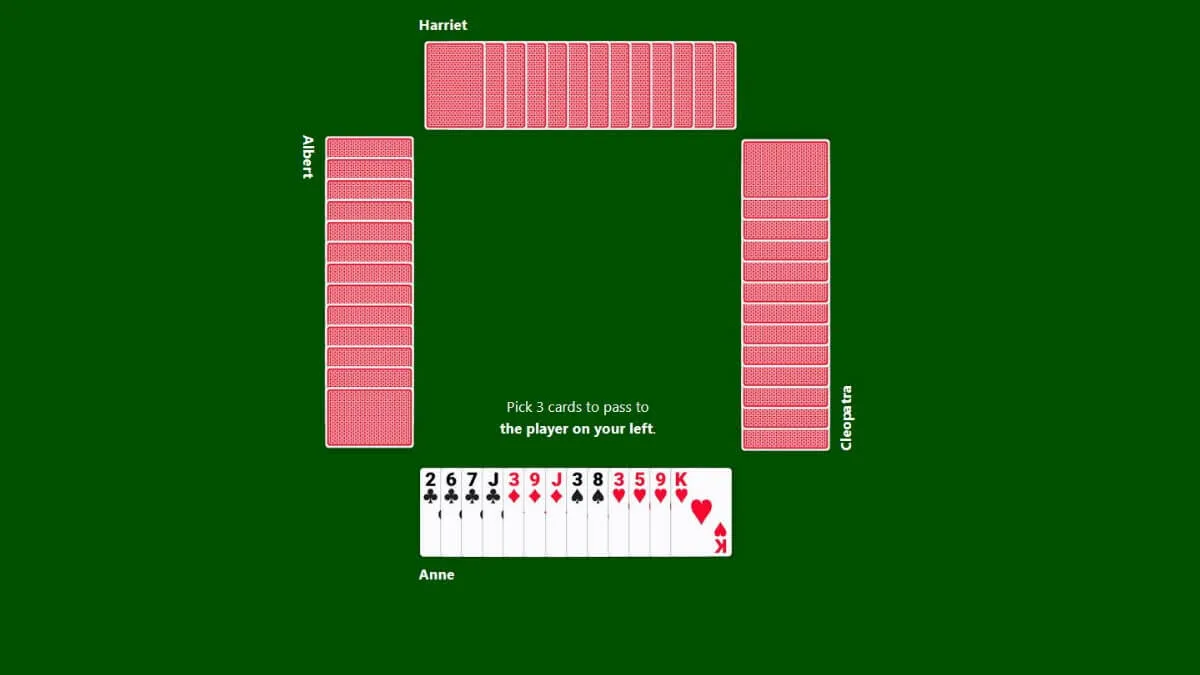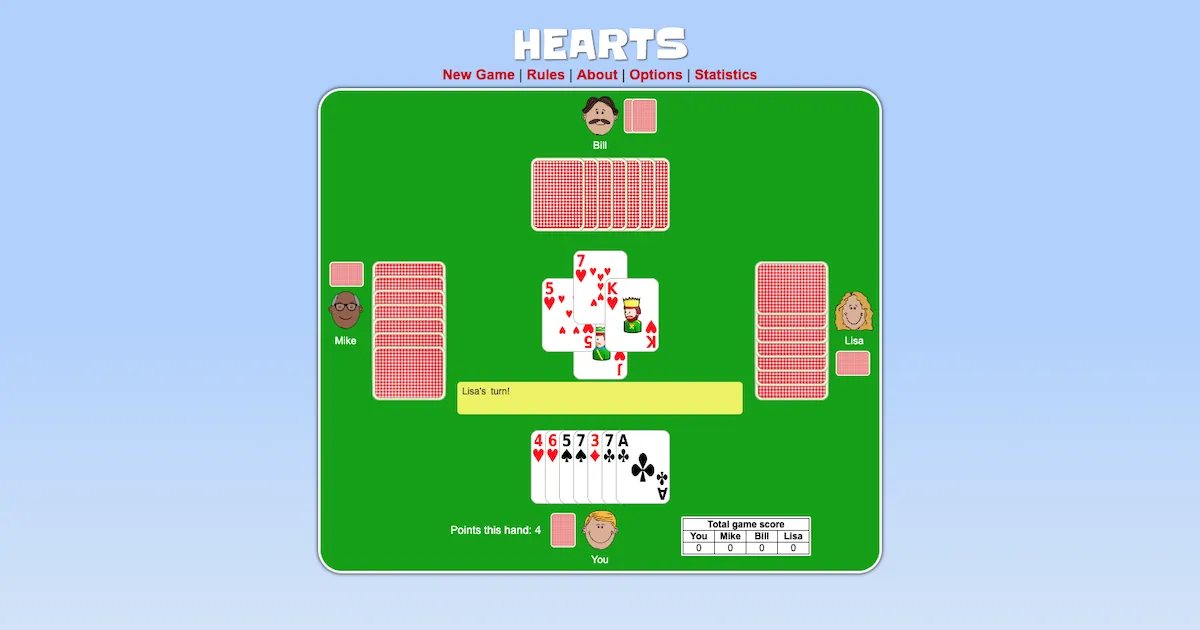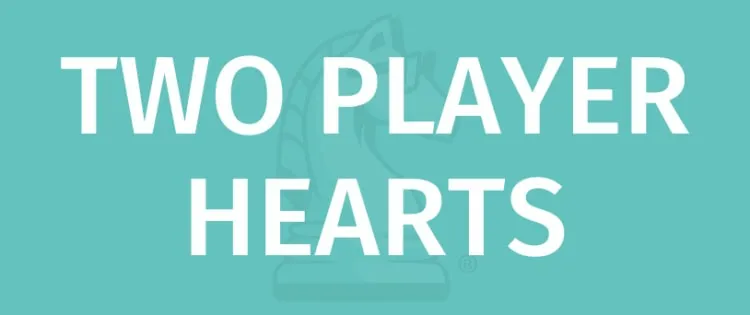Lifes Essential 8 American Heart Association
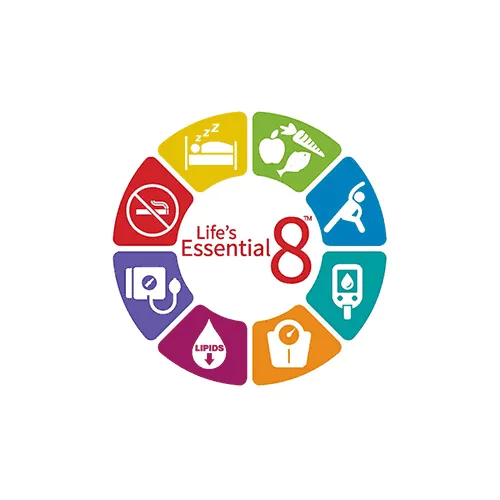
Life’s Essential 8 are the key measures for improving and maintaining cardiovascular health, as defined by the American Heart Association. Your checklist for lifelong good health Sign up for health & well-being tips
Life’s Essential 8 comprises two major areas: Health Behaviors and Health Factors
Learn more about all 8 Aim for an overall healthy eating pattern that includes whole foods, lots of fruits and vegetables, lean protein, nuts, seeds, and cooking in non-tropical oils such as olive and canola.
Learn how to eat better.
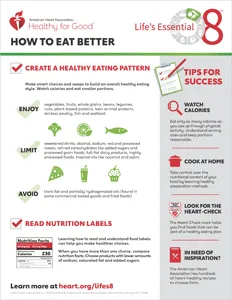 View or Download Fact SheetEnglish (PDF) | Spanish (PDF) Adults should get 2 ½ hours of moderate or 75 minutes of vigorous physical activity per week. Kids should have 60 minutes every day, including play and structured activities.
Learn how to move more.
View or Download Fact SheetEnglish (PDF) | Spanish (PDF) Adults should get 2 ½ hours of moderate or 75 minutes of vigorous physical activity per week. Kids should have 60 minutes every day, including play and structured activities.
Learn how to move more.
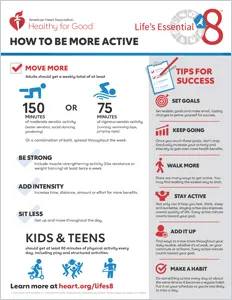 View or Download Fact SheetEnglish (PDF) | Spanish (PDF)
Use of inhaled nicotine delivery products, which includes traditional cigarettes, e-cigarettes and vaping, is the leading cause of preventable death in the U.S., including about a third of all deaths from heart disease. Roughly 40% of U.S. children ages 3-11 are exposed to secondhand smoke. Learn how to stop smoking.
View or Download Fact SheetEnglish (PDF) | Spanish (PDF)
Use of inhaled nicotine delivery products, which includes traditional cigarettes, e-cigarettes and vaping, is the leading cause of preventable death in the U.S., including about a third of all deaths from heart disease. Roughly 40% of U.S. children ages 3-11 are exposed to secondhand smoke. Learn how to stop smoking.
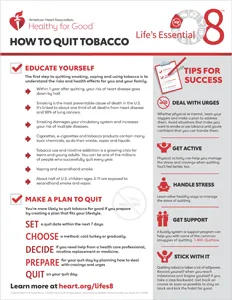 View or Download Fact SheetEnglish (PDF) | Spanish (PDF)
Most adults need 7-9 hours of sleep each night. Children require more: 10-16 hours for ages 5 and younger, including naps; 9-12 hours for ages 6-12; and 8-10 hours for ages 13-18. Adequate sleep promotes healing, improves brain function and reduces the risk for chronic diseases. Learn how to get adequate sleep.
View or Download Fact SheetEnglish (PDF) | Spanish (PDF)
Most adults need 7-9 hours of sleep each night. Children require more: 10-16 hours for ages 5 and younger, including naps; 9-12 hours for ages 6-12; and 8-10 hours for ages 13-18. Adequate sleep promotes healing, improves brain function and reduces the risk for chronic diseases. Learn how to get adequate sleep.
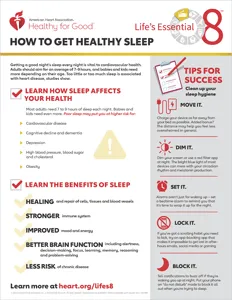 View or Download Fact SheetEnglish (PDF) | Spanish (PDF)
Achieving and maintaining a healthy weight has many benefits. Body mass index, a numerical value of your weight in relation to your height, is a useful gauge. Optimal BMI is less than 25, but less than 18.5 is considered underweight. You can calculate it online or consult a health care professional. Learn to lose or manage weight.
View or Download Fact SheetEnglish (PDF) | Spanish (PDF)
Achieving and maintaining a healthy weight has many benefits. Body mass index, a numerical value of your weight in relation to your height, is a useful gauge. Optimal BMI is less than 25, but less than 18.5 is considered underweight. You can calculate it online or consult a health care professional. Learn to lose or manage weight.
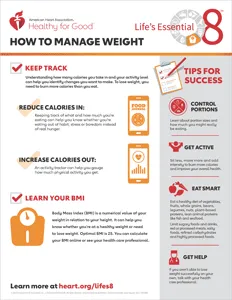 View or Download Fact SheetEnglish (PDF) | Spanish (PDF) High levels of non-HDL, or “bad,” cholesterol can lead to heart disease. Your health care professional can consider non-HDL cholesterol as the preferred number to monitor, rather than total cholesterol, because it can be measured without fasting beforehand and is reliably calculated among all people. Learn how to control cholesterol.
View or Download Fact SheetEnglish (PDF) | Spanish (PDF) High levels of non-HDL, or “bad,” cholesterol can lead to heart disease. Your health care professional can consider non-HDL cholesterol as the preferred number to monitor, rather than total cholesterol, because it can be measured without fasting beforehand and is reliably calculated among all people. Learn how to control cholesterol.
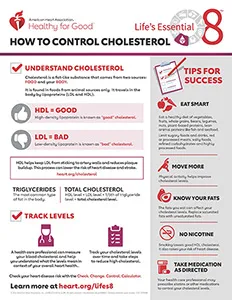 View or Download Fact SheetEnglish (PDF) | Spanish (PDF) Most of the food we eat is turned into glucose (or blood sugar) that our bodies use as energy. Over time, high levels of blood sugar can damage your heart, kidneys, eyes and nerves. As part of testing, monitoring hemoglobin A1c can better reflect long-term control in people with diabetes or prediabetes. Learn how to control blood sugar.
View or Download Fact SheetEnglish (PDF) | Spanish (PDF) Most of the food we eat is turned into glucose (or blood sugar) that our bodies use as energy. Over time, high levels of blood sugar can damage your heart, kidneys, eyes and nerves. As part of testing, monitoring hemoglobin A1c can better reflect long-term control in people with diabetes or prediabetes. Learn how to control blood sugar.
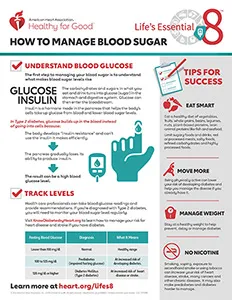 View or Download Fact SheetEnglish (PDF) | Spanish (PDF) Keeping your blood pressure within acceptable ranges can keep you healthier longer. Levels less than 120/80 mm Hg are optimal. High blood pressure is defined as 130-139 mm Hg systolic pressure (the top number in a reading) or 80-89 mm Hg diastolic pressure (bottom number). Learn how to manage blood pressure.
View or Download Fact SheetEnglish (PDF) | Spanish (PDF) Keeping your blood pressure within acceptable ranges can keep you healthier longer. Levels less than 120/80 mm Hg are optimal. High blood pressure is defined as 130-139 mm Hg systolic pressure (the top number in a reading) or 80-89 mm Hg diastolic pressure (bottom number). Learn how to manage blood pressure.
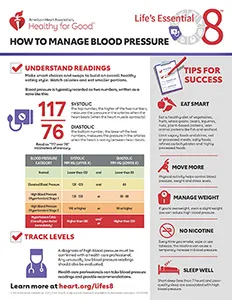 View or Download Fact SheetEnglish (PDF) | Spanish (PDF)
We all want our kids to grow up healthy and happy. The American Heart Association’s Life’s Essential 8 are the key measures for improving and maintaining cardiovascular health. Supporting good heart and brain health early helps lower the risk for heart disease, stroke and other major health problems later in life. Now that you know about Life’s Essential 8, use My Life Check, an online tool to assess your own heart health and better understand your risk for heart disease and stroke.
The American Heart Association thanks A+E Networks for their invaluable support in raising awareness of the impact of heart disease and stroke.
View or Download Fact SheetEnglish (PDF) | Spanish (PDF)
We all want our kids to grow up healthy and happy. The American Heart Association’s Life’s Essential 8 are the key measures for improving and maintaining cardiovascular health. Supporting good heart and brain health early helps lower the risk for heart disease, stroke and other major health problems later in life. Now that you know about Life’s Essential 8, use My Life Check, an online tool to assess your own heart health and better understand your risk for heart disease and stroke.
The American Heart Association thanks A+E Networks for their invaluable support in raising awareness of the impact of heart disease and stroke.
This site only collects related articles. Viewing the original, please copy and open the following link:Lifes Essential 8 American Heart Association






















